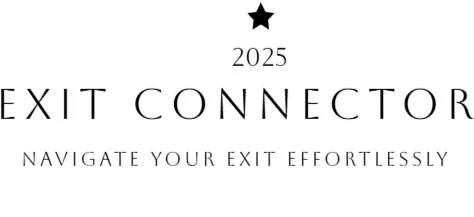How to Valuate an HVAC Business with the SDE Method
1. Understand Why Valuation Matters
The value of an HVAC business isn’t just a number—it reflects the company’s income potential, customer loyalty, and operational risk. Buyers want to understand how much cash flow they’ll gain and how sustainable that income is. You, as a Seller also want to make sure you’re not leaving money on the table. With a great Valuation, we can all exit the deal knowing we’ve made the most of the situation.
2. Gather Key Information
Start with solid financial and operational data:
3–5 years of tax returns and profit & loss statements
Balance sheets and cash flow statements
List of assets (vehicles, tools, equipment)
Customer base overview (residential vs. commercial)
Maintenance/service contract data
Licensing and certifications
Employee count and compensation
3. Use the SDE (Seller’s Discretionary Earnings) Method
For small to mid-sized HVAC businesses, SDE is the most common valuation base. SDE = Net Profit + Owner’s Salary + Discretionary Expenses + Nonrecurring Costs.
This metric normalizes earnings by removing personal expenses and one-time costs to show true cash flow to a potential owner.
Example:
Net Profit: $150,000
Owner’s Salary: $80,000
Vehicle Lease (used personally): $12,000
One-time legal expense: $5,000
SDE = $150K + $80K + $12K + $5K = $247K
4. Apply a Valuation Multiple
The SDE is then multiplied by a factor based on industry standards and business specifics. In HVAC, multiples typically range from 2.5x to 4.0x, influenced by:
Factors that Impact level of Multiple: Recurring revenue/contracts, Higher Strong reputation/online reviews, Higher Owner involvement (generally decreases multiples), Lower/Weak Operations documentation (or cash-heavy), Lower Long-tenured technicians, Higher Seasonal revenue spikes.
Example:
If the HVAC business has $247K SDE and qualifies for a 3.2x multiple:
Valuation = $247,000 × 3.2 = $790,400
5. Consider the Asset Approach
If the business isn’t profitable or has little goodwill (e.g., low brand awareness, few contracts), you may fall back on Asset-Based Valuation. Add up fair market value of:
Vehicles
Inventory
Tools and equipment
Real estate (if applicable)
This gives you a floor value for the company.
6. Look at Comparable Sales
Analyze recent HVAC business sales in your region (if possible). Factors to consider:
Revenue levels
SDE multiples used
Company size and service area
Contract mix (residential vs commercial)
This method is especially useful when benchmarking your final valuation.
7. Discount for Owner Dependence or Add for Strengths
If the owner is the face of the business and does most of the sales or service, buyers may discount the value due to risk. On the other hand, having long-term employees, a lead generation system, or strong CRM tools can increase value.
Final Thoughts
Valuing an HVAC business blends financial analysis with judgment about operations and market conditions. The most accurate values come from balancing multiple methods: SDE-based valuation, market comps, and asset-backed valuation. For high-stakes decisions, it’s often worth working with a business broker or valuation expert like us, who are familiar with HVAC companies and are able to provide precision point valuation of your Business at its best.
Quick Recap:
Use SDE as your core number.
Apply a fair multiple based on risk and revenue stability.
Factor in assets and market comparables.
Adjust for owner dependence and business strengths.
